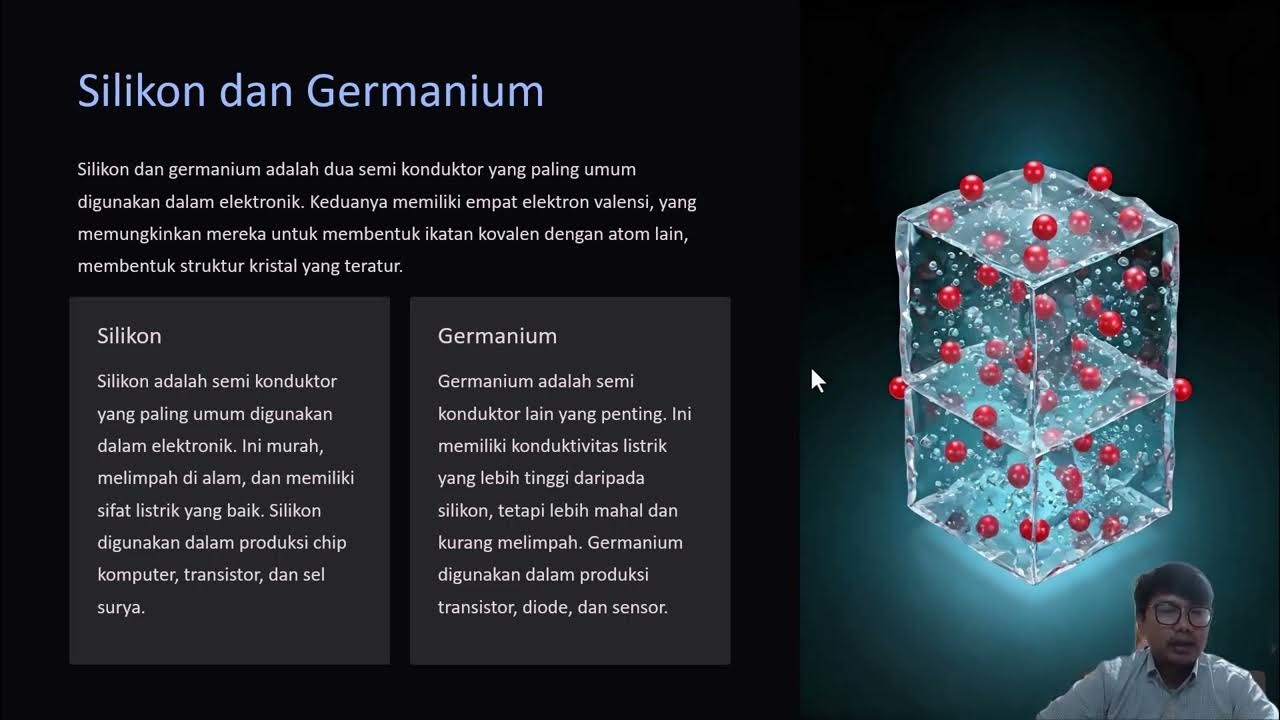Why Do We BOND Neutral & Ground in ELECTRICAL SERVICE PANELS?
Summary
TLDRIn this video, Dustin Stells explains the importance of bonding neutrals and grounds in electrical services. He discusses the crucial role of bonding in creating a safe return path for fault current to clear the system, ensuring electrical faults are detected and safely managed. The video covers key concepts like grounding, bonding, and the risks of objectionable current. Stells also dives into the National Electrical Code's guidelines, emphasizing when and how to bond electrical systems. He stresses that bonding should only occur at the service panel to avoid multiple paths for fault current and reduce safety hazards.
Takeaways
- 😀 Grounding means intentionally connecting an electrical system to the earth, which is also known as 'earthing' in some parts of the world.
- 😀 Bonding refers to connecting two pieces of metal to make them electrically continuous, ensuring a complete path for current to flow.
- 😀 Neutrals and grounds are bonded together at the service panel to ensure fault conditions can be cleared effectively, allowing current to flow back to the source.
- 😀 Without bonding the neutral and ground, fault current cannot return to the source, causing potential hazards.
- 😀 Electrical circuits need a complete loop for the breaker to function and trip in the event of a fault.
- 😀 Bonding helps to clear faults by creating a return path for fault current through the neutral, enabling the breaker to trip.
- 😀 Bonding and grounding are regulated under National Electrical Code (NEC) standards, particularly in sections 250 and 250.102.
- 😀 Proper sizing of bonding jumpers is crucial, and they should be sized based on the size of the service entrance conductors, not the breaker size.
- 😀 Objectionable current can occur if neutrals and grounds are bonded in multiple places throughout the system, which creates unintended paths for current to flow, potentially shocking people or damaging equipment.
- 😀 Neutral and ground should only be bonded at the service panel (or first disconnecting means), not in subpanels, to prevent multiple paths for current during fault conditions.
- 😀 Bonding is essential for safety in all types of electrical installations, including residential, commercial, and systems with solar panels or generators, ensuring that all parts of the system are at the same potential.
Q & A
Why is it important to bond neutrals and grounds together in electrical systems?
-Bonding neutrals and grounds together at the service panel ensures a complete circuit for fault currents. This allows breakers to detect and clear faults effectively by providing a return path for the current, which is crucial for safety.
What is the difference between grounding and bonding in electrical systems?
-Grounding refers to connecting electrical systems to the earth to ensure safety, while bonding is the process of connecting different conductive parts together to form a continuous path. Grounding protects from electrical surges, while bonding ensures all parts are at the same electrical potential.
What is a 'ground fault' and how is it related to bonding?
-A ground fault occurs when a live conductor, such as a hot wire, comes into contact with a grounded metal part. Bonding the neutral and ground ensures that the fault current has a clear path to flow, enabling the breaker to trip and disconnect the circuit to prevent hazards.
How does bonding help clear a fault condition in an electrical system?
-When a fault occurs, such as a live wire touching a metal part, bonding the neutral and ground together provides a return path for the fault current. This ensures that the circuit is complete and allows the breaker to detect the fault and disconnect the power source.
What is an objectionable current in electrical systems?
-Objectionable current refers to current flowing through unintended paths, potentially causing hazards. If neutrals and grounds are bonded in multiple locations, it can lead to current flowing through metal equipment, posing risks of electric shocks or equipment damage.
Why should neutrals and grounds only be bonded at the service panel?
-Neutrals and grounds should only be bonded at the service panel to prevent objectionable current. Bonding at multiple points could allow fault current to take multiple paths, increasing the risk of electric shock or damaging equipment.
What are bonding jumpers and how are they used?
-Bonding jumpers are conductors used to connect neutral and ground together at the service panel. They ensure a continuous path for fault current to travel back to the power source. The size of the jumper is determined by the size of the service entrance conductors.
How do you size a bonding jumper according to the National Electrical Code (NEC)?
-According to NEC 250.102, the bonding jumper is sized based on the size of the service entrance conductors. This ensures that the jumper can safely handle the fault current, allowing the breaker to trip in case of a fault.
What are separately derived systems, and how do they relate to grounding and bonding?
-Separately derived systems, such as generators or solar arrays, are independent power sources not directly connected to the utility. These systems require grounding and bonding to ensure that all metal parts are at the same electrical potential, preventing electric shock hazards.
What does the National Electrical Code (NEC) 250 Part V cover?
-NEC 250 Part V covers the requirements for bonding electrical systems, including neutral and ground conductors, and outlines the methods and materials used for bonding, as well as the safety standards for various electrical components and systems.
Outlines

此内容仅限付费用户访问。 请升级后访问。
立即升级Mindmap

此内容仅限付费用户访问。 请升级后访问。
立即升级Keywords

此内容仅限付费用户访问。 请升级后访问。
立即升级Highlights

此内容仅限付费用户访问。 请升级后访问。
立即升级Transcripts

此内容仅限付费用户访问。 请升级后访问。
立即升级浏览更多相关视频

RESIDENTIAL ELECTRICAL MATERIALS Apprentice Electricians Should Know

How to Measure Customer Satisfaction by Mr Vivek Bindra Best Motivational Speaker

IKATAN KIMIA : IKATAN LOGAM ( KIMIA SMA KELAS 10 )

Pengantar Semi Konduktor

LIGAÇÃO IÔNICA - Entendendo as ligações químicas

carbon and its compounds Full Chapter in Animation | NCERT class 10 chemistry
5.0 / 5 (0 votes)
